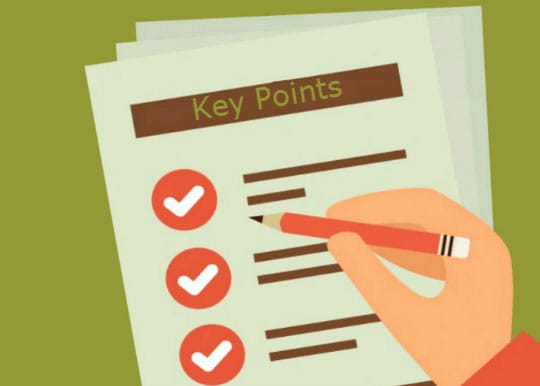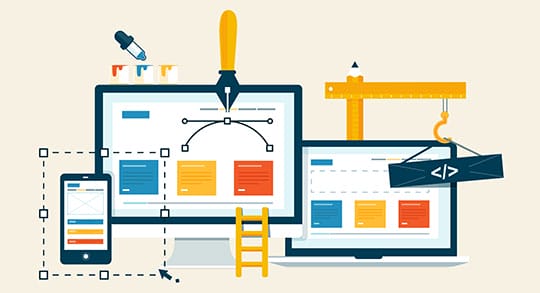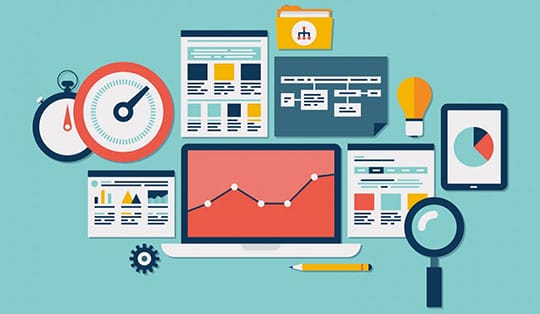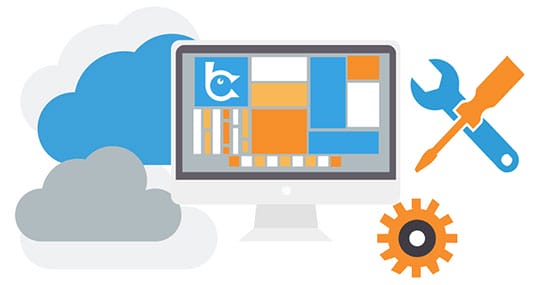Before getting into the points, we will try to know the main factors that can really make the difference in building a successful website project. In the current era of the Internet, having a website really makes a count in your business or profession. So a well-planned and well-designed website is always good for your personal need or for any business purposes. But the question is where to start and how to start making a good website.
Suppose you are making a website either for yourself or for anyone else, at first, you need to know about the niche upon which you are going to make the website. After that, all the following factors can determine whether you are going to making a successful website or not. Let’s know about them in details.
Phase 1: Information Gathering

By the term information gathering, I mean to say, when you are starting to plan to make a website, you will have to collect all information related to the topic on which you are making the website. Suppose you have received an order of making a website for any other company, then the foremost work will be to know about the subject upon which you have to make the website. You need to create one list on which you need to add all the features and requirement related to the project.
There are lots of matters to consider in this section. Like you will have to about know their goals, about their purposes, or you will have to know about their targeted audience and about their subject or contents.
Phase 2: Flow Chart or Planning List

The second one is to make a flow chart or a planning chart. By making this chart, you will have to put all the previously gathered information and will have to organize them all while making a development plan for the website. This is the most important part to make the correct way to get success on your project. This flow chart will contain all the required and essential tasks that the project needs. For the remaining time of the project, this chart will use as a guide for the project.
Also, you need to determine the technology that you will use for the project. Like what Content Management System (CMS) to use, for an example whether WordPress should be implemented, or there is a need for an eCommerce platform like Magento, or the total development will be done from scratch.
Phase 3: Designing

Design a high-quality logo for the website and designing a good-looking feature-rich cross-platform template (as per the project requirement) are the main goal of this designing phase. If you are developing the website from scratch then designing the template in Photoshop (PSD format) and then converting it into HTML-CSS-JavaScript will do the job. But if you are using any CMS like WordPress or Joomla, then you need to make your design compatible with it.
Currently, there are several good template clubs are available like ThemeForest or TemplateMonster. They are featuring thousands of ready-made templates that can be purchased and used in your web project. This is a good option to fulfill your designing needs by cutting down the template designing cost as well as the overall project time-frame.
Also, if you already have a template designed in PSD format and wishes to convert it into HTML or WordPress or Magento or similar, you can use the service provided by some well-reputed company like Xhtmlchop or other.
Phase 4: Development

In the development section, we can say the website will get a life. In this stage, the web developer will actually start taking individual graphic elements from the so-called named prototype and will use them to make a running or functional website.
This is basically done by developing it on the home page, which is then followed by the shell for making the interior pages. This shell basically serves as a template for any content pages of the website, because it is the main navigational structure of the website. Next, after creating the shell, the designer will take the content of the website from you to implement them throughout the website wherever it is needed.
In this phase, the developer will implement and combine features like WordPress, Magento, Databases, Contact Forms, Online Shopping Carts, Payment Gateways, and all other project-related needs to make them live.
All the above, in this progress, the website will be available to you for viewing by the help of the web developer for taking your opinion if you required any changes during or if you need to add anything you can do that in the meanwhile.
The developer may need to work on some other aspects of validating the HTML/CSS code, making the website SEO friendly, adding some layer of security as well as improving the loading speed of the website. But all depends on the project-specific needs.
Phase 5: Testing & Making Live

In this phase, along with the help of your developer, you will need to run all the through testing on each and every functionalities and aspect of the website to find all compatibility issues. Some important testing will be, testing all links and navigation, testing all web forms, testing the payment gateways, cross-browser testing, and cross-platform testing for different screen resolutions.
After fixing all the issues, you give your web designer the green signal to make the website live. If you haven’t already booked the domain and the hosting, then this is the perfect time to do so. The developer can help you to determine the perfect hosting requirement for the website. Then the developer will upload all the files and databases in the hosting account and then after a final checking will make it live.
One more section remains after that that is SEO. SEO is very important as if it is done properly it can draw lots of traffic or visitors to your website. Basically, SEO is an ongoing process that you have to do time to time to make your website put into the top of the search result of search engines like Google, Yahoo, and Bing.
Phase 6: Maintenance

After it finally becomes alive, lastly remains the maintenance of the website. This is also an ongoing phase that you will need to do regularly. Taking website backups on a regular basis, updating the software, themes, and all other plugins are the major part of your maintenance. If you are out of time, you can take some professional help to do the regular maintenance job for you.
Final Thoughts:

From the above, you can understand what are the processes or phrases required while making a good and well-planned website. So have a look into the detailing of the subject matter and let’s start your own beautiful website. Good luck in advance for your upcoming website.





